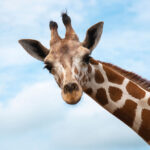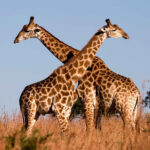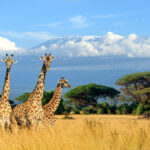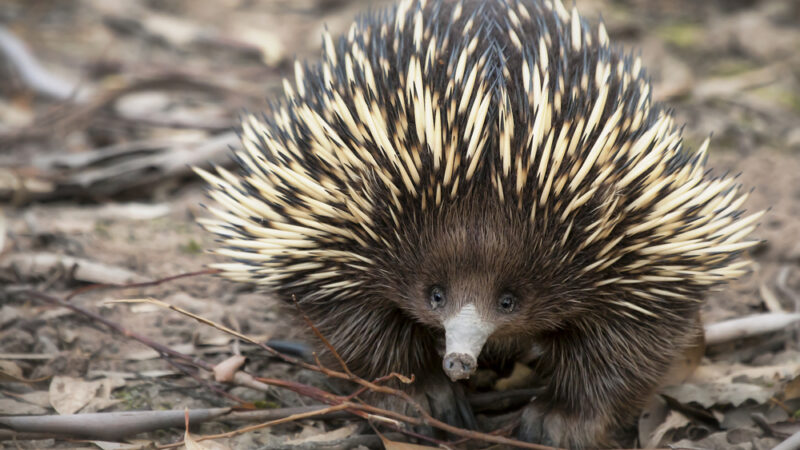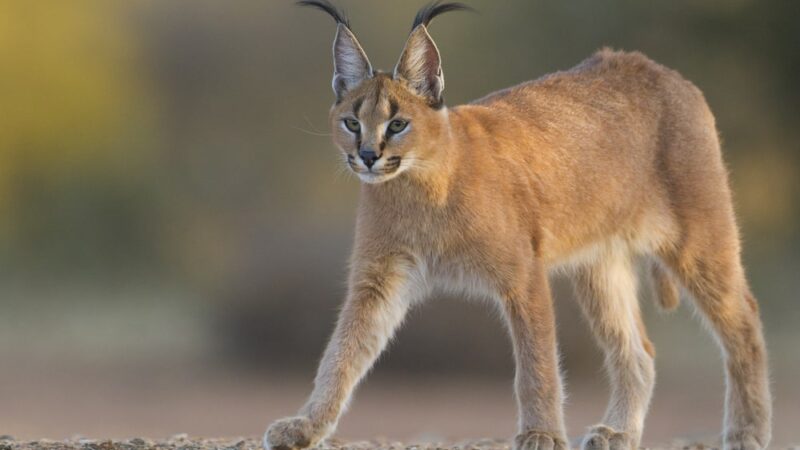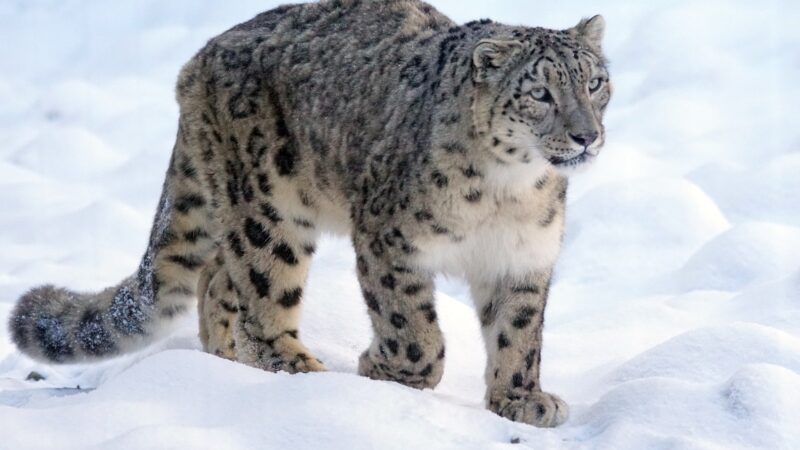Giraffe
Shelter for Animal | Giraffe | The Giraffe is an iconic resident of Africa that as one of its older names described it as sort of looks like a very unusual camel with leopard markings.
Giraffe habitat
Giraffes today inhabit various regions all over Africa, being very widespread over the southern and eastern areas of the continent and with small populations in the West. These animals still remain in their natural habitats in 18 different countries with reintroduced populations in another three. Sadly giraffes have actually disappeared completely from at least seven countries according to the IUCN.
Giraffes have managed to adapt to live in a variety of different habitats within the African continent but they most commonly occur in Woodland and Savanna regions. They’re also known to inhabit shrublands and desert environments too. Due to the distinctiveness of the areas, they’ve spread into the different populations have evolved certain adaptive traits that bring into question whether there should actually be multiple species instead of just multiple subspecies of giraffe classified.
What are the interesting facts?
- Giraffe lifespan: Approximately 25 years
- Height Giraffe: 4.6m to 6.1 m
- The scientific name of Giraffe: Giraffa
- Mass of this animal: 800 kilograms
- Speed of Giraffe: 60-kilo meter per hour
- The gestation period of female: 15 months
- Giraffe Habitats: Woodland, Savanna, and Grassland.
Diet of wild animal
Giraffes are browsing herbivores that feed on most parts of plants including stems, leaves, fruits, and flowers. In addition to twigs and sometimes bark from trees. Studies of giraffe diets from multiple populations across Africa have shown that the animals generally have a very diverse diet consuming about 93 different species of plants.
Although giraffes tend to favor a few particular ones. Giraffes are members of the ruminants and therefore they have an unusual way of eating and properly digesting their food. Like other ruminants such as cattle and deer. Once they have first swallowed some chewed up food, they then proceed to bring the food back up their neck and into the mouth where the giraffe can chew it again.
This is an effective way of getting all the nutrition possibly available from the food as it is digested in compartments of the stomach several times. Despite being primarily herbivorous organisms some giraffes have apparently also been witnessed licking the dried meat off of bones from carcasses.
- Presumably in order to gain some extra nutrition female giraffes become sexually mature at the age of four.
- While males giraffes when they reach four or five years old.
Calf – Giraffe baby
Though it is usually only when the males get older about seven that they get the opportunity to mate with females gestation. In these creatures lasts for approximately 450 days and when the calf is born it is already an incredible 1.7 to 2 meters tall and the newborn will drop 2 meters to the ground as the mother gives birth standing up within 15 minutes.
The calf can walk and starts to suckle calves are usually born between May and August the dry season with mating having occurred during the rainy season. Once old enough female giraffes will usually tend to stay with the herds that they’re already members of whereas males leave and remain by themselves until they can join another group.
Giraffe animal adaptations
The most obvious of the giraffe’s adaptations is the incredibly elongated neck. The neck is actually composed of the same number of vertebrae as in our own bodies 7 but the individual bones have become much longer resulting in the impressive structure that makes this animal so recognizable. Big muscles and strong ligaments are able to keep the neck aloft and they are anchored to long processes on the vertebrae of the back near the base of the neck.
Resulting in giraffes possessing humps a particularly useful adaptation of the neck is the ability for the head to be tilted vertically upwards. Allowing for an extra bit of reach. So, their tongues can access more foliage. Another noticeable feature of the giraffe is the protruding ossicones that are present on top of the skull.
These are constructed out of ossified cartilage and covered in skin. In females, the ossicones are much thinner compared to males and they have Tufts of fur at the top. One of the most impressive behaviors that these animals perform is known as necking in which male giraffes are known to swing their heads and necks at each other to establish dominance.
On most occasions, no serious injuries are sustained, however, sometimes broken bones and deaths do happen apparently this behavior only occurs amongst all-male herds. After a fight has ended it is not uncommon for the two males to begin courting each other.
Giraffe endangered
Sadly giraffes are under threats, currently being classed as vulnerable by the IUCN. There is some variation depending on the region inhabited by the many different populations and subspecies or species. Since some individual groups are actually increasing in numbers but many others are decreasing. Meaning the genus as a whole is decreasing at the moment.
The IUCN identifies four major threats facing these animals:
- Habitat loss
- Civil unrest
- Poaching
- Ecological changes
Giraffe endangered animal: the severity of these threats changes depending on the region of Africa. The populations inhabit though habitat loss is a very damaging factor across the whole continent. As humans increase in numbers more and more land is being needed for farming and more wildlife comes into contact with our own species. As the IUCN States, the diverse nature of giraffe populations means that different conservation actions are needed.
For the many regions with habitat management and protection by law as well as involving and educating local communities. Seeming to be the main effective way of defending these animals. Hopefully, conservation efforts will be successful and we do not end up losing such an iconic and unique part of our planet’s fauna.
Reference: Wikipedia
